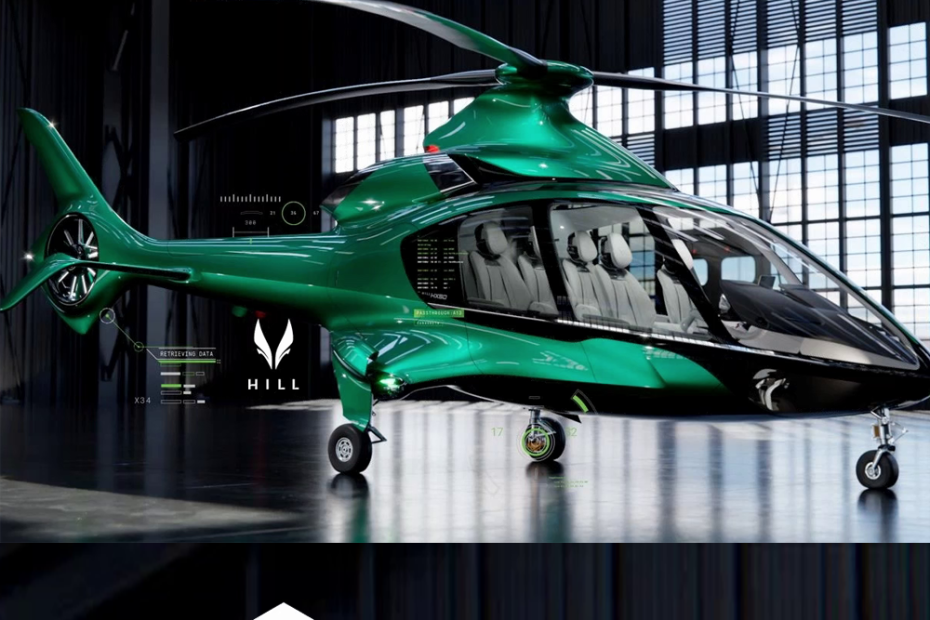As a PTC Platinum Partner for almost 20 years, we can confirm that Creo 10 is the best Creo release yet – with brand new composite design and analysis tools and enhancements to design for electrification, MBD, ergonomics design, simulation-driven design, advanced manufacturing and more.
Earlier this year, LEAP team took Creo 10 on the road with live, in-person launch events hosted across Australia and New Zealand which included presentations of:
- the latest new features and enhancements in Creo 10 and Creo+ with live demonstrations,
- a recap of best highlights from Creo 8 & 9 releases,
- examples and updates on Windchill (PLM), Codebeamer (ALM), Vuforia (AR) and ThingWorx (IOT),
- plus stories from Creo customers in each local region.
While we were unable to record all of the content from these live in-person events, today’s blog aims to showcase the key highlights from this Creo 10 release, including live demonstrations of new features and enhancements.
Productivity & Usability
In this first video, Allan Thompson, PTC Technical Manager at LEAP provides an overview of the key productivity and usability enhancements available in Creo 10, giving a detailed overview of each and providing relevant use cases.
Next, Daniel Grobbelaar, Application Engineer at LEAP provides a live demonstration of the key productivity and usability enhancements outlined by Allan above, including improvements to UI/UX, part modelling, freestyle design, interactive surface design and more.
Model-Based Definition
Model-based definition involves the creation of 3D models in a manner that ensures they comprehensively encompass all the necessary data for product definition. In the MBD approach, the model serves as the primary source of authority, guiding all engineering activities. Moreover, this model can be utilised downstream by suppliers and across various departments within an enterprise.
In this next video, Allan outlines Creo 10’s new MBD capabilities before Daniel provides a live demonstration of MBD in action within Creo.
During the in-person live events we did present on Creo 10’s new Design for Composites capabilities however, since we recently presented an in-depth webinar on the topic we have skipped it in this post. For a detailed look at the Creo Composite Design & Manufacturing (CDM) extension, please check out our recent article here.
Design for Electrification
The next section covers Creo 10’s Design for Electrification tools including improvements to ECAD-MCAD collaboration, and new features in cable and schematics design. Once more, Allan gives an overview of the new enhancements followed by a live demonstration presented by Daniel.
Design for Ergonomics
Next we take a look at Creo 10’s ergonomics design tools including significant improvements to manikins such as joint angles, reach envelopes and visual field analysis. Daniel again provides a live demonstration, this time taking a deep dive into manikin manipulation controls and snapshotting capabilities.
Simulation
In the following section, Allan provides an overview of the updates to Creo’s simulation capabilities. Creo 10 brings full multi-body support to Creo Simulate, contact simulation to Creo Simulation Live and non-linear contact and materials capabilities to Creo Ansys Simulation. Watch the clip below to learn more.
Generative Design
Next Allan takes a look at Creo 10’s enhancements to generative design – AI based, simulation driven geometry optimisation. The latest release adds the ability to measure distance between regular geometry and hybrid bodies as well as support for remote force loads, mass idealisations and rotational symmetry. Daniel once again provides a live demonstration, this time of Creo’s generative design tools in action.
Manufacturing
Creo 10 brings significant enhancements to both additive and subtractive manufacturing. Additive manufacturing sees the addition of two new auxetic cell shapes, three new beam-based cell types and new formula-driven lattice capabilities. Subtractive manufacturing sees the addition of support for barrel tools which reduces machining time up to 90% as well as workflow enhancements to the holemaking process and manual cycle streamlining. Allan explains these enhancements and more, before Daniel provides a final live demonstration of the new Creo 10 manufacturing capabilties.
We trust that you found this article informative – Creo 10 has a wealth of new features, only some of which we were able to highlight here. If you would like to learn more about Creo capabilities, or need help upgrading to Creo 10 please contact us.

